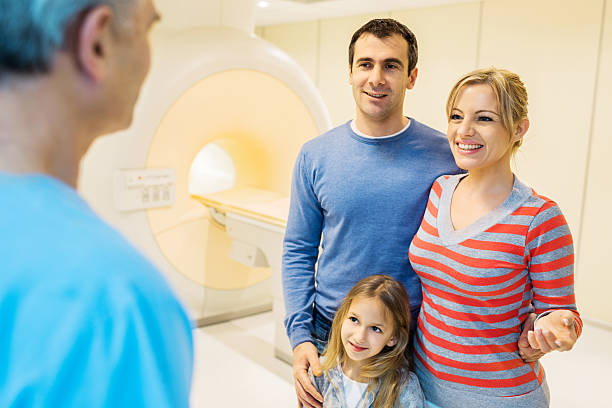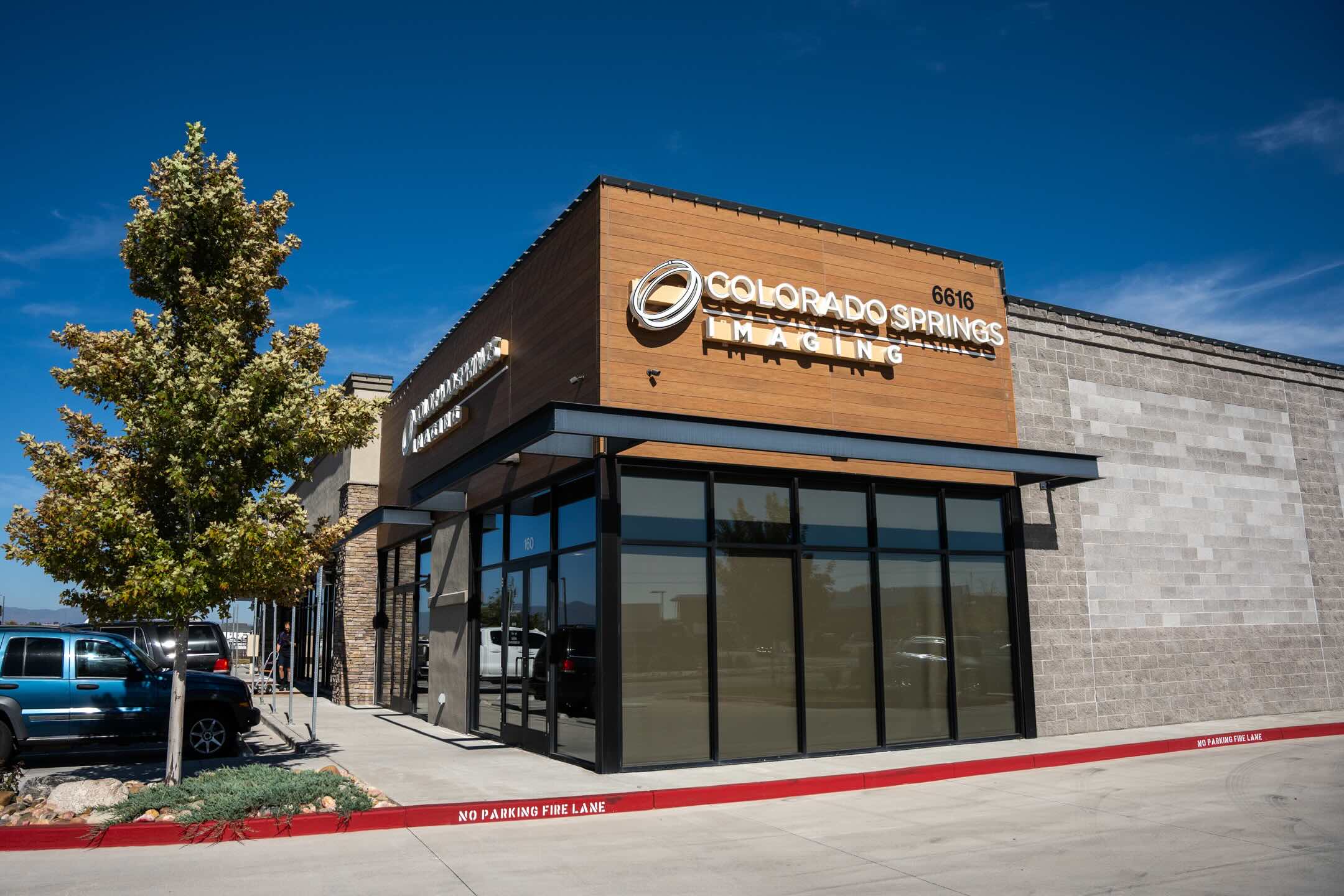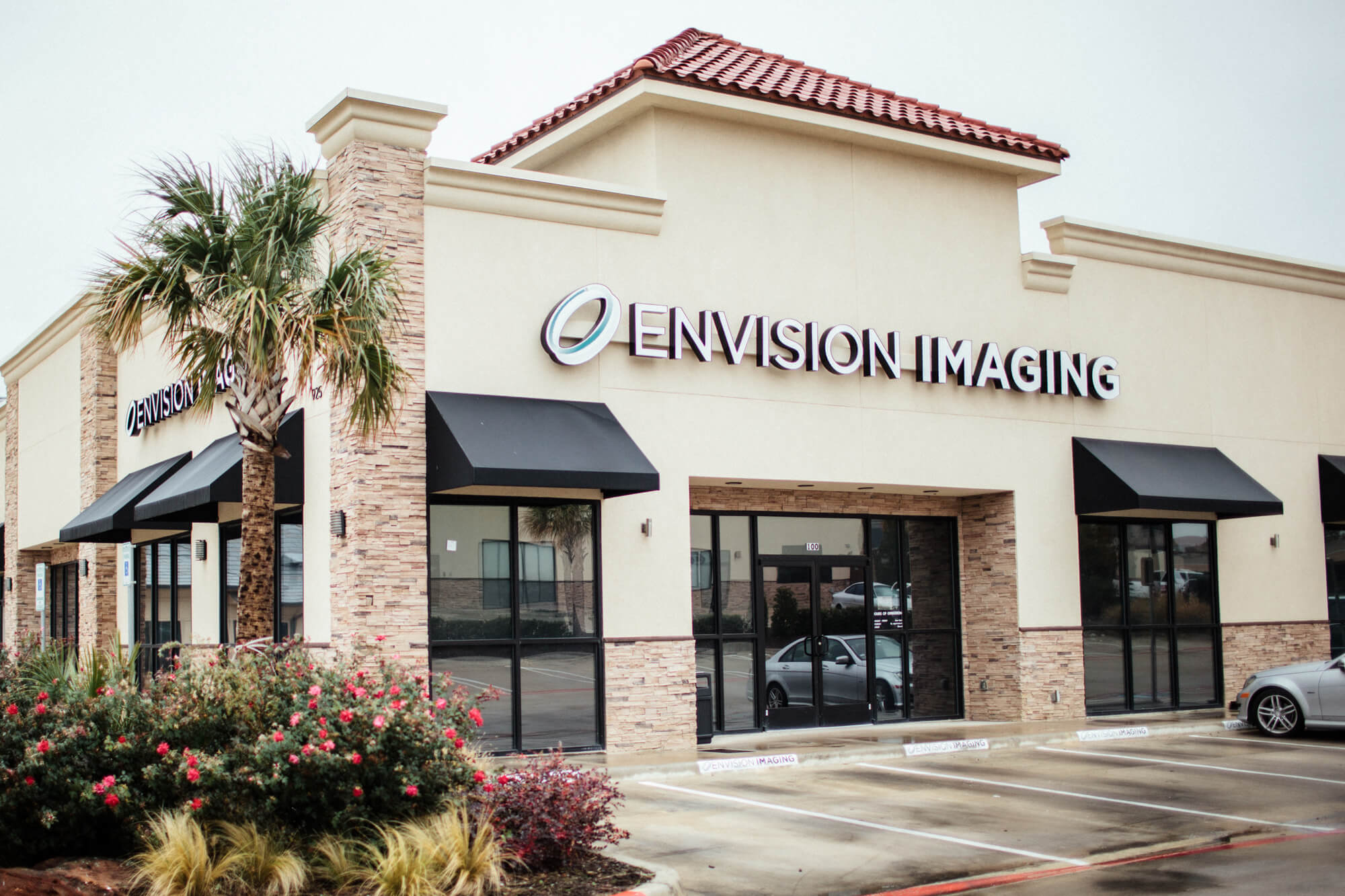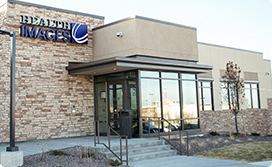Enterography Imaging
Enterography is an imaging study that produces high-resolution images of the small intestine and abdominal organs. It is a noninvasive procedure that is valuable for the diagnosis of inflammation, bleeding, obstructions and other gastrointestinal problems.
Jump Ahead:
- What Is an Enterography CT or MRI Scan?
- Why Do We Perform Enterography?
- What to Expect During an Enterography
- The Enterography Procedure
- How to Prepare for an Enterography
What Is an Enterography CT or MRI Scan?
At Envision Imaging, we perform enterography through the computed tomography, or CT, magnetic resonance imaging, or MRI scan method.
Enterography scans focus specifically on the small intestine and the structures within the abdomen and pelvis.
During an enterography scan, the patient ingests a liquid along with an IV contrast material. The physician then uses special equipment to obtain high-resolution images of the small intestine.
Why Do We Perform Enterography?
CT and MRI images are a useful diagnostic tool because they produce images, especially of soft tissues and blood vessels, with more detail than a traditional x-ray.
Physicians can use enterography to identify and locate a variety of conditions, such as:
- Crohn’s disease
- Small bowel tumors
- Inflammation of the small intestine
- Bowel obstruction
- Abcesses and fistulas
- Sources of bleeding within the small bowel
After identifying these conditions through enterography and determining the severity, your physician can guide you toward the most effective treatment.
What to Expect During an Enterography
Before your exam, you will fill out a screening form asking about anything that might create a health risk or interfere with the imaging. The screening form will be reviewed by your technologist prior to entering the imaging suite.
To ensure safety and optimal exam results, all patients will be asked to change into a gown or scrub suit provided by the facility. Your technologist will advise you to remove all metallic objects when changing into the approved garments. This includes eyeglasses, hearing aids, hairpins, and all jewelry, including body piercings when possible. Even bras with metal underwire can affect the scan. If you can leave these items at home, we recommend that you do so. If not, lockers are available to secure your personal items.
Please consult the technologist if you have any questions prior to entering the imaging suite.
The Enterography Procedure
Before the procedure begins, you’ll need to ingest fluid to expand the small intestine so that the scan can produce a clear image of any abnormalities. You will also be injected with the contrast material. After this, the technologist will put you in the position for the scan.
During the procedure, the technologist will be in a separate control room operating the CT or MRI scanner and monitoring your exam. In the control room, the technologist will have a direct line of sight to the CT or MRI scanner. They can also hear you and talk to you using a speaker and microphone.
How to Prepare for an Enterography
Before your enterography, inform your physician of any allergies you have as well as any medications you are currently taking. You should also let them know about any recent illnesses or medical conditions. Some conditions, such as asthma, heart disease, diabetes, thyroid problems and kidney disease, might increase the risk of adverse effects during the procedure.
It might be helpful to make a list of anything you will need to disclose so you are ready on the day of the procedure. Women should also let their physician know if there is any possibility that they may be pregnant before the procedure begins.
You’ll also need to refrain from eating or drinking for four hours before your procedure.
Find Your Nearest Location
If you are in need of radiology and imaging services, turn to the trusted team of Envision Imaging. Visit our locations page to find the center nearest you. Once you find the most convenient location, you can get in touch directly to schedule an appointment.









